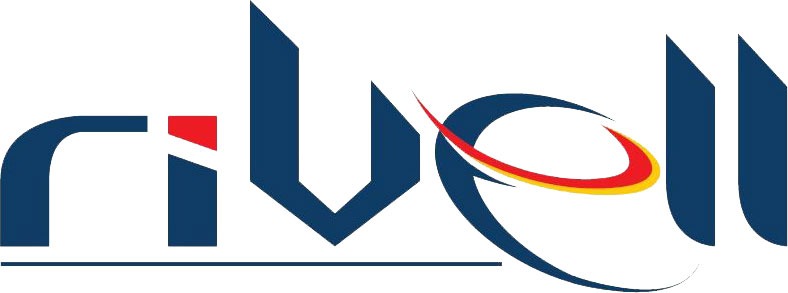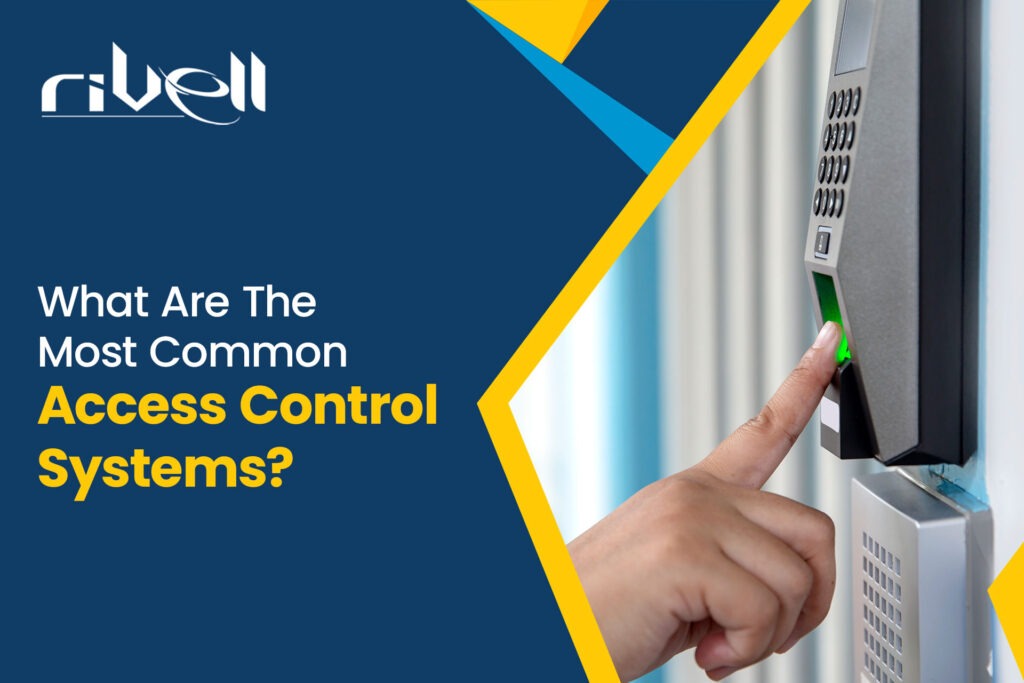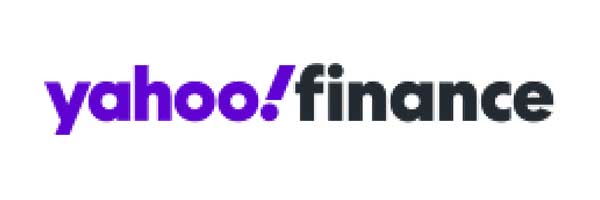Introduction
In today’s technologically advanced world, ensuring the security of physical and digital assets is of paramount importance for organizations. Access control systems serve as the first line of defense, preventing unauthorized access and safeguarding sensitive information. With several types of access control systems available, it is crucial to understand their functionalities, advantages, and disadvantages. According to Fortune Business Insights, The access control market size was valued at USD 11.17 billion in 2020 & is projected to grow USD 20.02 billion in 2027. In this blog, we will explore the most common access control systems and discuss the benefits they offer, as well as potential limitations to consider.
What is an Access Control System
An access control system is a security solution designed to regulate and manage entry to physical or digital spaces within an organization. Its primary purpose is to ensure that only authorized individuals or entities are granted access while preventing unauthorized or unauthenticated users from entering restricted areas or obtaining sensitive information.
Types of Access Control Systems
1. Role-Based Access Control (RBAC)
Role-Based Access Control (RBAC) is a widely adopted access control model that revolves around assigning specific roles to users based on their job functions and responsibilities. Each role is associated with predefined access rights, allowing users to perform specific tasks or access certain resources. RBAC offers several advantages, such as simplified management, enhanced security, and increased efficiency in access administration. However, it may have limitations in complex organizational structures and the potential for role explosion.
Advantages
- Simplified Management: RBAC streamlines access administration by grouping users into roles, reducing administrative overhead and ensuring consistent access permissions.
- Enhanced Security: RBAC minimizes the risk of unauthorized access by granting users only the privileges required for their specific roles, limiting potential security breaches.
Disadvantages
- Role Explosion: In large organizations, the number of roles can grow significantly, leading to complexity and difficulty in managing and auditing permissions effectively.
2. Discretionary Access Control (DAC)
Discretionary Access Control (DAC) provides owners or administrators of resources with the discretion to control access rights. In DAC, the resource owner can determine who is allowed to access the resource and what level of access they have. DAC offers flexibility in managing permissions and is suitable for environments with a limited number of users. However, DAC may lack granular control, leading to potential security risks if users are not responsible for managing their access rights appropriately.
Advantages
- Flexibility: DAC allows resource owners to exert control over their resources, making it a suitable option for small organizations or environments with a limited number of users.
Disadvantages
- Lack of Granular Control: DAC may lack granular control, leading to potential security risks if users are not responsible for managing their access rights appropriately.
3. Mandatory Access Control (MAC)
Mandatory Access Control (MAC) is commonly used in high-security environments, such as government agencies or military facilities. It employs security labels or clearances to restrict access based on the sensitivity of the information and the user’s clearance level. MAC provides rigorous security measures and protects against data leakage. However, it may require complex configuration and administrative overhead, making it less suitable for organizations with dynamic access requirements.
Advantages
- Rigorous Security: MAC enforces strict access rules based on clearance levels, ensuring that only authorized personnel with appropriate clearances can access classified information.
- Protection Against Data Leakage: MAC minimizes the risk of data leakage by preventing users from accessing information beyond their clearance level.
Disadvantages
- Complex Configuration: Implementing MAC can be challenging and may require significant administrative effort and expertise.
- Administrative Overhead: MAC may impose additional administrative overhead to manage clearance levels and access permissions.
Also Read : How to choose the right access control service provider for your organization
4. Physical Access Control Systems (PACS)
The US Access Control Market size is estimated at USD 3.63 billion in 2024, and is expected to reach USD 4.47 billion by 2029, growing at a CAGR of 4.29% during the forecast period (2024-2029)
1. Biometric Access Control Systems
Biometric access control systems leverage unique physical or behavioral traits, such as fingerprints, facial recognition, iris patterns, or voice recognition, to verify a person’s identity. Biometrics offer a high level of accuracy and are virtually impossible to forge, making them a highly secure option. Advantages include enhanced security, quick and seamless authentication, and reduced reliance on physical credentials. On the other hand, biometric systems may face challenges in terms of cost, privacy concerns, and occasional false negatives or positives.
Advantages
- Enhanced Security: Biometrics offer a high level of accuracy and are virtually impossible to forge, making them a highly secure option for both physical and digital access control.
- Quick and Seamless Authentication: Biometric systems provide quick and seamless authentication, reducing the risk of unauthorized access due to lost or stolen credentials.
Disadvantages
- Cost: Biometric systems may involve higher upfront costs for specialized hardware and software implementation.
- Privacy Concerns: The use of biometric data raises privacy concerns, necessitating robust data protection measures.
These systems offer a high level of security by relying on individual traits that are nearly impossible to replicate.
- Fingerprint Recognition: Analyzing the unique patterns of ridges and valleys on an individual’s fingertips.
- Retinal and Iris Scanning: Examining the patterns in the eye for precise identification.
- Facial Recognition: Mapping facial features to authenticate individuals.
- Voice Recognition: Analyzing the unique vocal patterns of an individual.
Biometric systems provide a high level of accuracy and are difficult to forge, making them ideal for high-security environments.
2. Card-Based Systems
Card-based access control utilizes physical cards, often embedded with RFID technology or smart chips, for authentication. Users present their cards to card readers to gain entry. This method is widely adopted due to its ease of use and can include proximity cards and smart cards, each with its own set of advantages.
- RFID Technology: Radio-frequency identification allows for wireless communication between the card and the reader.
- Smart Cards: Cards embedded with microprocessors, offering additional security features.
- Proximity Cards: Allowing access when in close proximity to the card reader.
3. PIN-Based Systems
PIN-based access control involves the use of Personal Identification Numbers for authentication. Typically combined with another factor, such as a card or a biometric scan, PINs add an additional layer of security. This method is common in ATMs and door access systems.
Two-Factor Authentication (2FA): Combining a PIN with another authentication factor like a card or biometric scan.
5. Token-Based Access Control Systems
Token-based access control systems use physical devices, such as smart cards, proximity cards, or key fobs, to grant access. Each token is associated with a unique identifier that authenticates the user and allows or denies access. Token-based systems provide versatility, contactless access, and the ability to integrate multi-factor authentication. However, they may require additional infrastructure and face the risk of lost or stolen tokens.
Advantages
- Versatility: Token-based systems offer a range of options, from contactless smart cards to key fobs, catering to various organizational needs.
- Multi-factor Authentication: Token-based access control systems can incorporate multi-factor authentication, adding an extra layer of security.
Disadvantages
- Additional Infrastructure: Implementing token-based systems may require additional infrastructure and maintenance.
- Risk of Lost or Stolen Tokens: There is a risk of lost or stolen tokens, potentially leading to unauthorized access.
6. Hybrid Access Control Systems
Hybrid access control systems combine elements of multiple access control models, offering organizations greater flexibility and adaptability. Hybrid systems can cater to complex security requirements and accommodate diverse user access needs. However, implementing a hybrid system may be complex and require a comprehensive understanding of different access control models.
Conclusion
Access control systems play a vital role in protecting an organization’s physical and digital assets. Each type of access control system offers distinct advantages and disadvantages, making it essential to choose the right solution based on the organization’s specific needs and security requirements. From RBAC and DAC to MAC, biometric, and token-based systems, organizations can achieve enhanced security, streamlined access administration, and peace of mind by implementing the appropriate access control measures.
Explore our comprehensive access control systems nj and take the first step towards strengthening your organization’s security infrastructure. With Rivell as your trusted partner, you can rest assured that your business is in safe hands.









